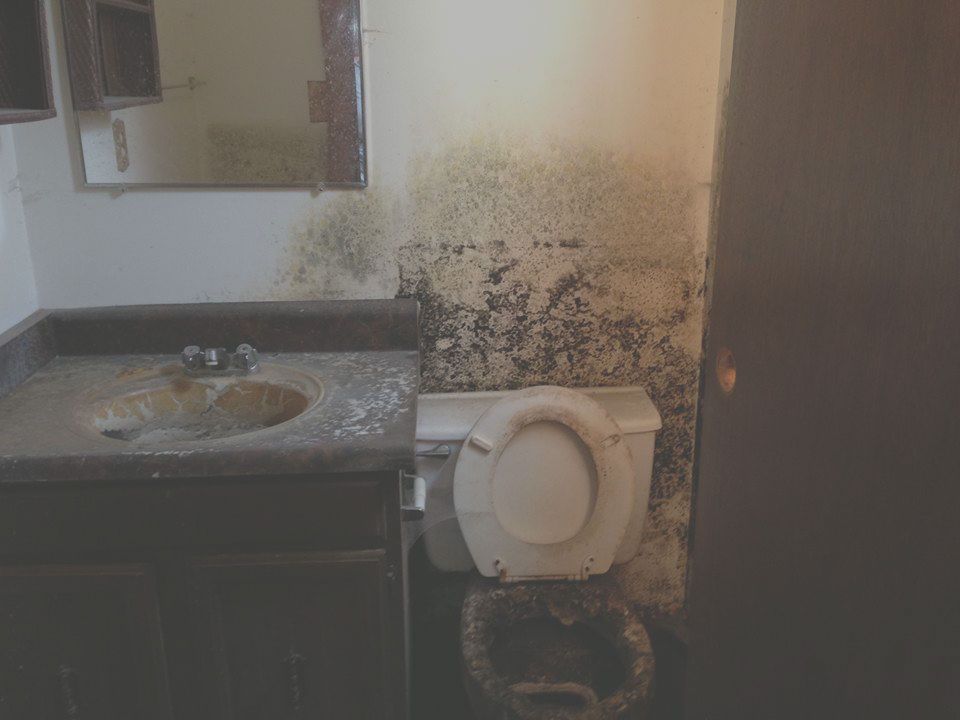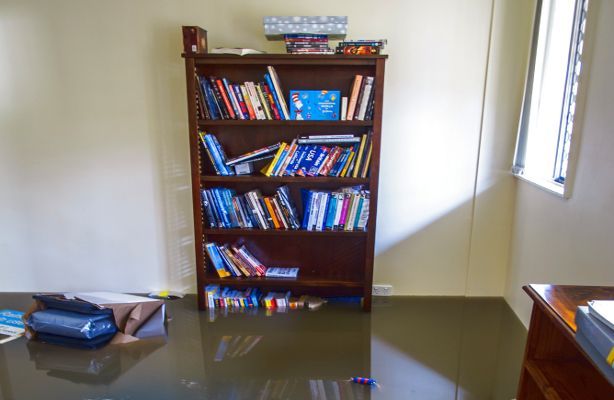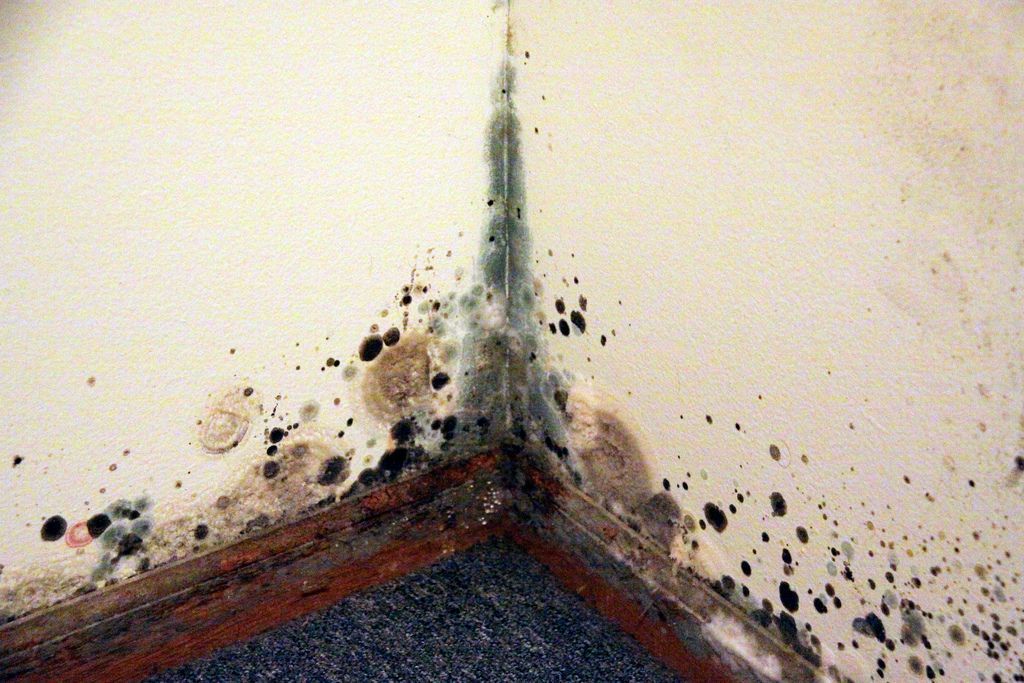Mold Removal Tips You Can Use
When it comes to mold removal, it seems like everyone’s an expert. Use this product at that time while holding your nose and dancing in the moonlight—or some such similar nebulous wisdom—seems to be the order of the day. So who could blame you if you don’t know whom to trust. Well, we humbly suggest you trust us, the company with more than three decades experience in mold removal, mitigation and prevention.
With the goal of providing real, actionable tips that are simple and deliver real value, we’ve put together these key mold removal tips that can help you minimize the effects of any mold problems you encounter in your home or business.
Top Mold Removal Tip 1: Play it Safe!
Any article about mold removal and mitigation that doesn’t start with safety tips is simply remiss in its obligation to protect you from serious health risks. So we’ll start there.
First, put the question to rest: Mold poses potential health risks, some serious, even to healthy adults. The Centers for Disease Control and Prevention, World Health Organization and U.S. Environmental Protection Agency all provide guidelines for dealing with various types and levels of mold infestation.
All of these organizations, along with reputable medical institutions, including the Mayo Clinic and WebMD, warn that even common mold infestations can cause respiratory problems for people with compromised immune systems, the very young or the elderly. They also uniformly advise extreme caution when dealing with suspected toxic black mold or Stachybotrys Chartarum. While toxic black mold is rare in high enough concentration to cause some of the worst problems, the list of potential (and even lethal) problems resulting from even limited exposure to mycotoxins produced by Stachybotrys Chartarum is chilling.
Exposure to relatively low levels of toxic compounds produced by Stachybotrys Chartarum or toxic black mold can result in neurological disorders, seizures, diminished cognitive and emotional control and a host of truly scary symptoms and conditions. So, yeah. The verdict is in: Treat mold infestation as the serious problem it is.
With this in mind, here are a few mold safety tips:
- Use breathing protection such as a mask or respirator when cleaning mold infested areas. Disturbing the mold will almost certainly release spores into the air. You don’t want to breathe them in, regardless of what type of mold you have.
- If the mold-infested area exceeds 10 square feet, consider hiring a professional mold remediation specialist (source: U.S. Environmental Protection Agency).
- If you suspect mold has entered your property’s HVAC system, do not run the system until you have it professionally inspected and tested for mold contamination. If mold is present in the system, and you continue to run it, you risk spreading the mold throughout the building, as well as circulating it in the air breathed in by occupants.
Top Mold Removal Tip 2: Clean Means Clean!
We’re not being cute. There are a lot of antifungal products to prevent recurring mold infestation, but the first priority in mold removal is removing mold. Just that simple. So start with washing non-porous materials with strong detergent and water until there is no sign of it. If it’s porous and remains stained after you scrub it, chances are it is impregnated with spores you can’t remove. Nor can you easily denature or “kill” the spores with normal household cleaning products, including bleach. So, unfortunately, if you see a mold stain, the item needs to go. That’s what we mean by “clean means clean.” If you see mold stains, you see mold. That said, professional mold removal and remediation specialists can use specialized compounds, equipment and techniques to restore and protect many mold damaged items, including heirlooms, important documents, photos and more.
Top Mold Removal Tip 3: An Ounce of Prevention Saves Pounds of Problems!
So you safely removed your mold infestation and have restored your property that was damaged by the nasty fungus. No more worries, right? Maybe.
Make sure you identify the underlying causes for your mold infestation. If you don’t do that, you’ll just have to go through the whole nasty remediation process again, and pretty soon. While you’re at it, take advantage of antifungal products such as treated primers and paints to add an extra layer of protection from any recurrence of mold problems.
BONUS Mold Removal Tip 3: Call Abbotts and Breathe Easy!
If you think you have a big mold problem, call Abbotts today. We’ve been helping our neighbors remove mold and prevent its return for years, and we can help you, too. Call Abbotts and breathe easy!
More info:
San Diego Mold Damage: It’s a Real Thing
Water Damage Cleanup and Mold Remediation Info









